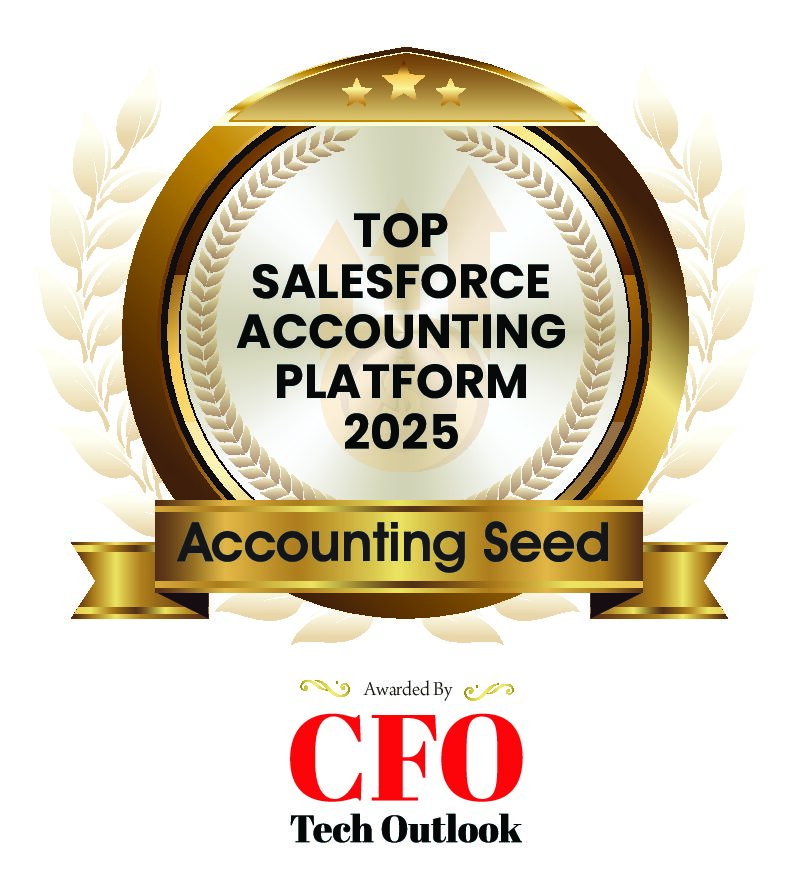
Is accounting and tax data secure with Making Tax Digital (MTD)? The simple answer is yes, but the deeper truth lies in the accounting solution you use.
What Kind of Risks Does MTD face?
MTD has the same inherent risks of any web-based operation or process. These data security-focused risks can be grouped into two categories, external threats and internal threats. Let’s examine security features your MTD accounting software should have in place to combat these threats.
External Data Threats
External risks are the cybersecurity threats and data breaches that are highlighted in the news. This is when hackers maliciously try to steal your financial information and/or that of your customers. One survey reported that 89% of data breaches were found to be motivated by financial gain or corporate espionage. This rate hasn’t slowed.
Use Resilient Accounting Software
Truly reliable accounting software must have IT architecture designed to be resilient and secure. Systems built on platforms like Salesforce® are more robust, equipped with high-level security features out-of-the-box. Encryption and event monitoring are just two examples.
Internal Data Threats
In 2016 alone, 60% of all cyber attacks were conducted by employees. But bear in mind that accounting data security isn’t just threatened by malicious activity. About 40% of senior executives cited that internal accidental data sharing is a big security issue. Additionally, 80% of breaches are attributed to human error. It’s important to remember that internal breaches and mistakes are usually more expensive than exterior attacks.
Develop Internal Controls
Many accounting solutions have basic security functions out-of-the-box. Things like closing accounting periods, passwords, and usernames are commonplace. The problem with having only basic features is that your internal staff, or anyone who breaks into your system, can still view data and do damage. They have the access to do so.
You need internal control features in order to have full control over who can view, alter, and share data. Businesses also need to be able to track activities within the system. Here are just a few features to look for.
- Two-Factor Authentication
Two-factor authentication lets you enable a second level of authentication for every login. You can also implement this when a user is performing a specific function. - Approvals
You can automate specific steps or sequences of events that require an official signoff on a record to ensure accuracy. - User Permissions
User permissions let you clearly define what tasks users can perform, approve, and have access to. - User Role Hierarchy
Establishing a user hierarchy lets you dictate which specific user(s) can view or change specific components of accounts or records within the system, like reports. - Validation Rules
Validation rules establish standards for recording and handling data. Based on business logic, these rules prevent processes from being completed out of sequence.
Will Tax Information be Secure with MTD?
Yes, your tax and accounting information will be secure with MTD, if you use properly secured software. Many companies already use digital accounting and digital tax filing. The convenience, accuracy, and other benefits of digital tax management outweigh the risks. With the right technology, these risks are easily mitigated and controllable.
See Accounting Seed in action
Get a close-up view of how accounting on Salesforce can eliminate the need for costly integrations—and silos of mismatched information—by sharing the same database as your CRM.



